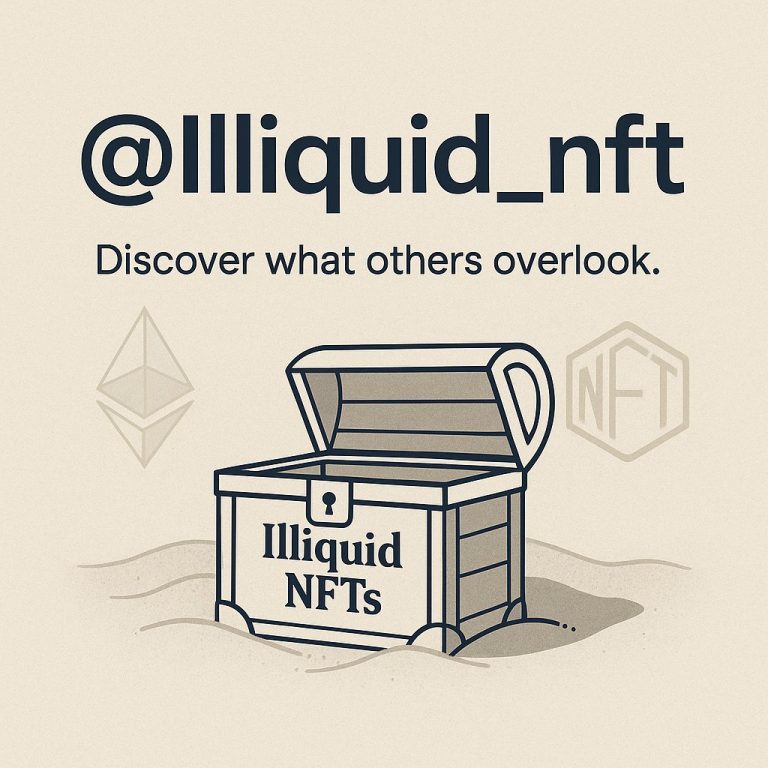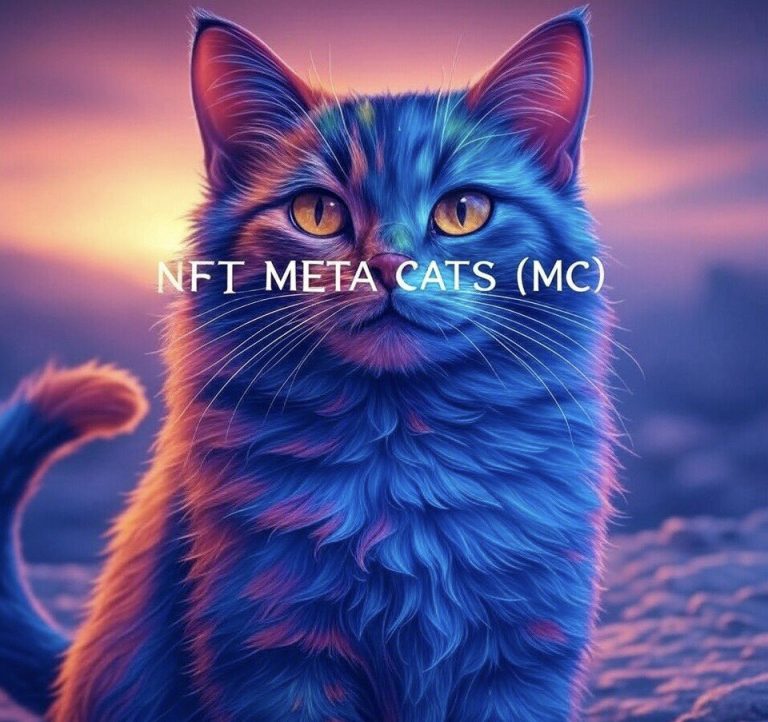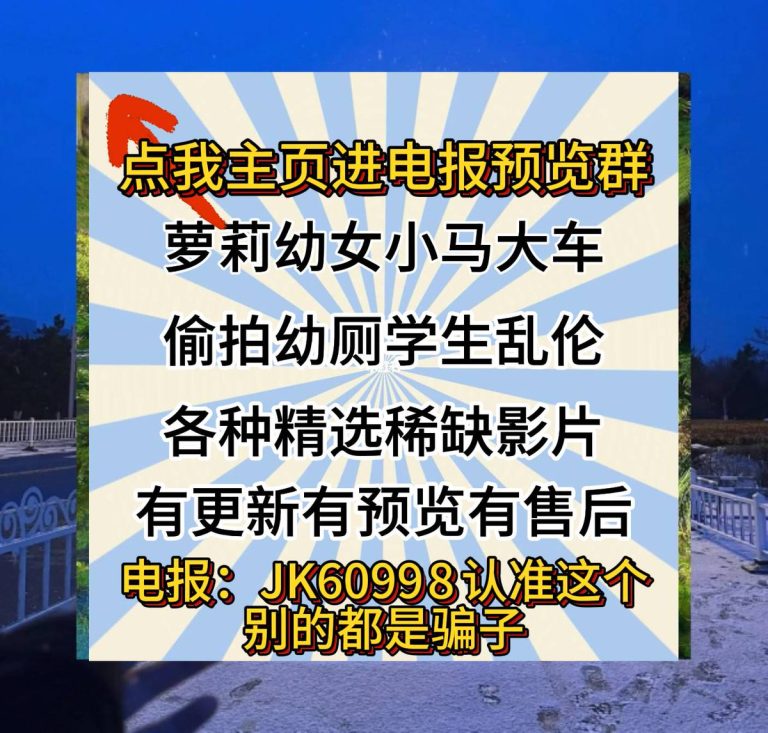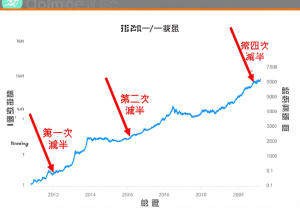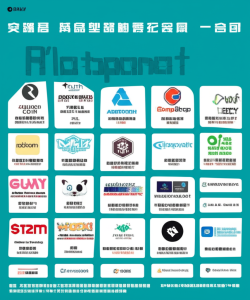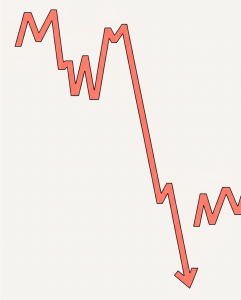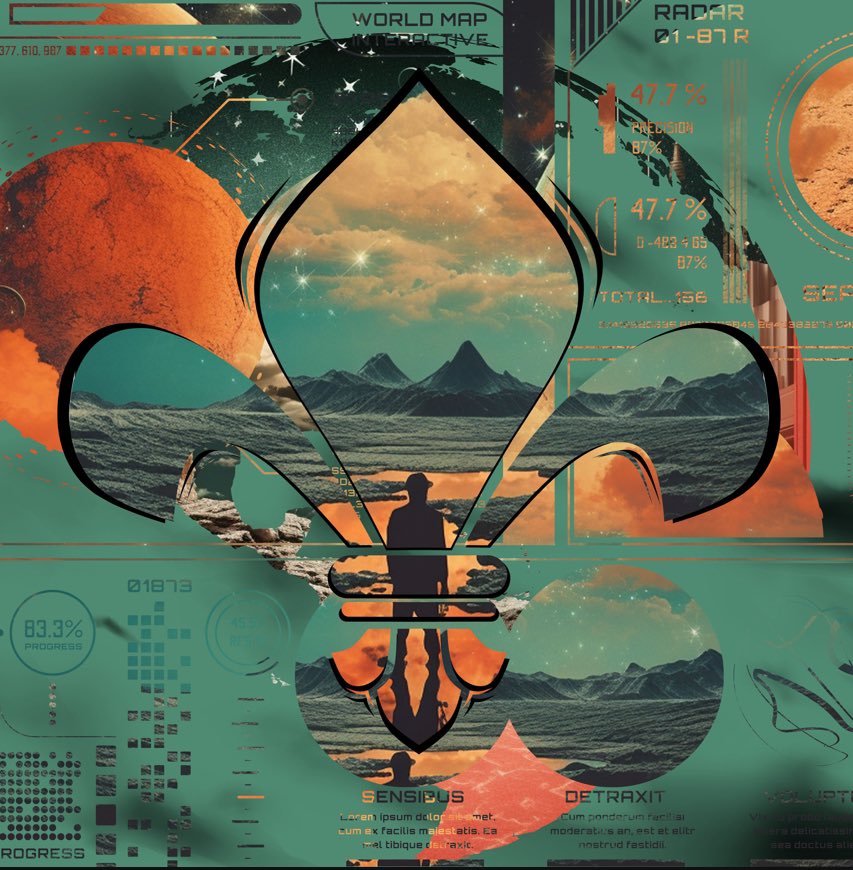
The Future of Digital Assets: A Deep Dive into $XTZ
Imagine a world where digital assets are not just a trend but a fundamental part of our daily transactions. A world where cryptocurrencies like $XTZ (Tezos) are as common as fiat currencies. This is not a distant dream but a reality that is rapidly approaching. Let’s explore the intricacies of $XTZ, its potential, and the future it promises.
The Rise of Tezos
Tezos, often abbreviated as $XTZ, is a blockchain network that stands out for its self-amending protocol. This means that the network can upgrade itself without the need for hard forks, making it more flexible and adaptable compared to other blockchain technologies. Launched in 2018, Tezos has quickly gained traction in the cryptocurrency market due to its unique features and strong community support.
The Self-Amending Protocol
One of the most innovative aspects of Tezos is its self-amending protocol. Traditional blockchain networks often require hard forks to implement significant changes, which can be disruptive and contentious. Tezos, on the other hand, allows for seamless upgrades through a formal process of amendment. This ensures that the network can evolve and improve over time without the risk of splitting the community.
The self-amending protocol works through a governance mechanism that includes stakeholders in the decision-making process. This democratic approach ensures that all participants have a say in the future of the network, fostering a sense of community and collaboration.
Smart Contracts and Decentralized Applications
Tezos is not just a blockchain; it is a platform for building decentralized applications (dApps) and smart contracts. Smart contracts are self-executing contracts with the terms of the agreement directly written into lines of code. They automate the execution of an agreement as soon as predefined conditions are met, eliminating the need for intermediaries and reducing the risk of fraud.
Decentralized applications, or dApps, are applications that run on a blockchain or peer-to-peer network of computers rather than a single computer. They offer a range of functionalities, from financial services to gaming and social media. Tezos provides a robust environment for developing and deploying dApps, making it an attractive option for developers and entrepreneurs.
Security and Scalability
Security and scalability are two of the most critical factors for any blockchain network. Tezos addresses these challenges through its unique architecture and consensus mechanism. The network uses a proof-of-stake (PoS) consensus algorithm, which is more energy-efficient and scalable compared to the proof-of-work (PoW) algorithm used by Bitcoin.
The PoS mechanism allows participants to validate transactions and earn rewards by staking their $XTZ tokens. This not only incentivizes participation but also ensures the security of the network. Additionally, Tezos’ formal verification process helps in identifying and fixing bugs, making the network more secure and reliable.
The Economic Model
Tezos has a unique economic model that sets it apart from other cryptocurrencies. The network uses a dual-token system consisting of $XTZ and Tez. $XTZ is the native token of the Tezos blockchain and is used for staking, governance, and transaction fees. Tez, on the other hand, is a unit of account used within the Tezos ecosystem.
The economic model of Tezos is designed to be sustainable and self-funding. A portion of the transaction fees and staking rewards is used to fund the development and maintenance of the network. This ensures that the network can continue to evolve and improve over time without relying on external funding.
The Community and Ecosystem
The success of any blockchain network depends on its community and ecosystem. Tezos has a strong and active community that is passionate about the future of the network. The community is involved in various aspects of the network, from development and governance to marketing and education.
The Tezos ecosystem is diverse and growing. It includes a range of projects and initiatives, from decentralized finance (DeFi) platforms to non-fungible tokens (NFTs) and gaming. This diversity ensures that there is something for everyone, making Tezos an attractive option for a wide range of users.
The Future of Tezos
As we look to the future, it is clear that Tezos has the potential to play a significant role in the world of digital assets. Its unique features, strong community, and innovative economic model make it a standout in the crowded cryptocurrency market. However, the future of Tezos is not without challenges.
One of the main challenges facing Tezos is competition from other blockchain networks. As the market continues to evolve, Tezos will need to innovate and adapt to stay ahead of the competition. This will require continued investment in research and development, as well as a strong focus on community engagement and education.
Another challenge is regulatory uncertainty. As governments around the world grapple with the implications of digital assets, the regulatory landscape is likely to change. Tezos will need to navigate these changes carefully to ensure that it remains compliant and competitive.
Conclusion: Embracing the Future
In conclusion, Tezos represents a significant step forward in the world of digital assets. Its self-amending protocol, smart contract capabilities, and unique economic model make it a standout in the cryptocurrency market. As we look to the future, it is clear that Tezos has the potential to play a significant role in shaping the digital economy.
The journey of Tezos is far from over. As the network continues to evolve and grow, it will face new challenges and opportunities. However, with a strong community, innovative technology, and a clear vision for the future, Tezos is well-positioned to navigate these challenges and emerge as a leader in the world of digital assets.
The future of digital assets is here, and Tezos is at the forefront of this revolution. Embrace the future, and join the journey of Tezos as it continues to shape the world of digital assets.
Sources

